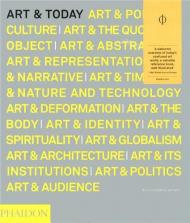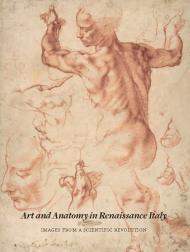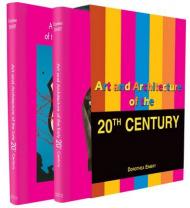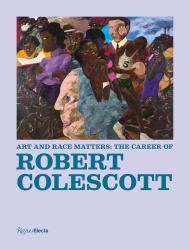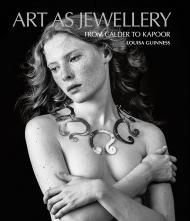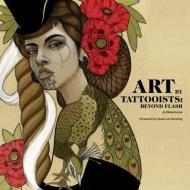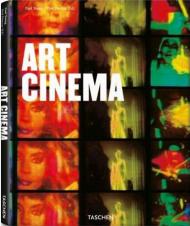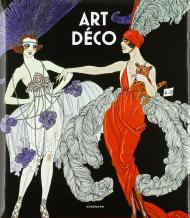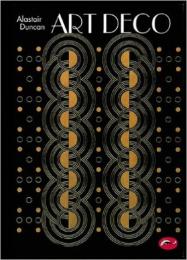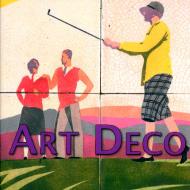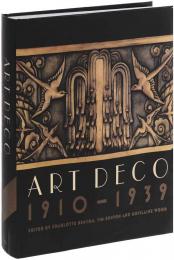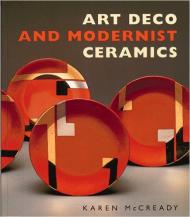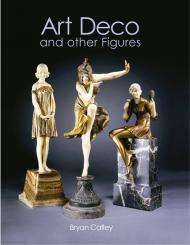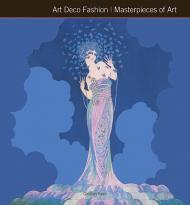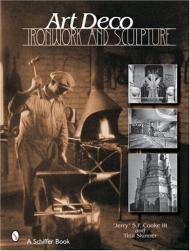Art & Today surveys contemporary art from 1980 to today, discussing over 450 of the most important artists of the last 25 years
- An innovative, up-to-date and extensive survey of contemporary art since the 1980s, written by a respected critic
- Discusses and includes reproductions of works by the most important artists working today
- Organization of subject by unifying themes allows for interesting and original combinations of artists as well as fresh observations on popular works
- Lively, jargon-free, and authoritative writing makes the volume a perfect introduction to contemporary art for students in the field as well as professionals and non-professionals alike
Art & Today is an innovative and extensive survey of international contemporary art from the 1980s to the present. Over four hundred of the most significant contemporary artists from around the world are represented in this comprehensive overview - some emerging, some mid-career, and others long-established. Each of the book's sixteen chapters address recurring and relevant themes as diverse as "Art & Popular Culture," "Art & Its Institutions," and "Art & Globalism," rather than follow a strict chronological, geographical, or stylistic structure. Lively and up-to-date, Art & Today explores an era in which art defies simple categorization. The result is a surprising and original yet clear and reasoned perspective on contemporary art that breaks from prescribed classifications to offer a survey as expansive as the art it describes.
For instance, in the chapter "Art & the Body," one might find performance discussed alongside figurative painting, sculpture and photography alongside video, and North American artists alongside Asian artists. The chapter "Art and Globalism" discusses artists whose nationality, generation, and medium are as diverse as those of Alan Sekula, Michal Rovner, Cildo Meireles, Manuel Ocampo, Chen Zhen, and Andreas Gursky. Internationally renowned art critic and scholar, Eleanor Heartney is respected for her clear language and pragmatic approach to contemporary art. Her straightforward, engaging descriptions and explanations will appeal to both experts and newcomers alike, and will serve as an invaluable resource for years to come.
About the Author:
Eleanor Heartney has been a contributing editor to Art in America and Artpress for over 10 years, reviewing the most significant international art shows, biennials and documentas around the world. Her recent publications include Postmodernism and Critical Condition: American Culture at the Crossroads -- Collected Essays of Eleanor Heartney.
